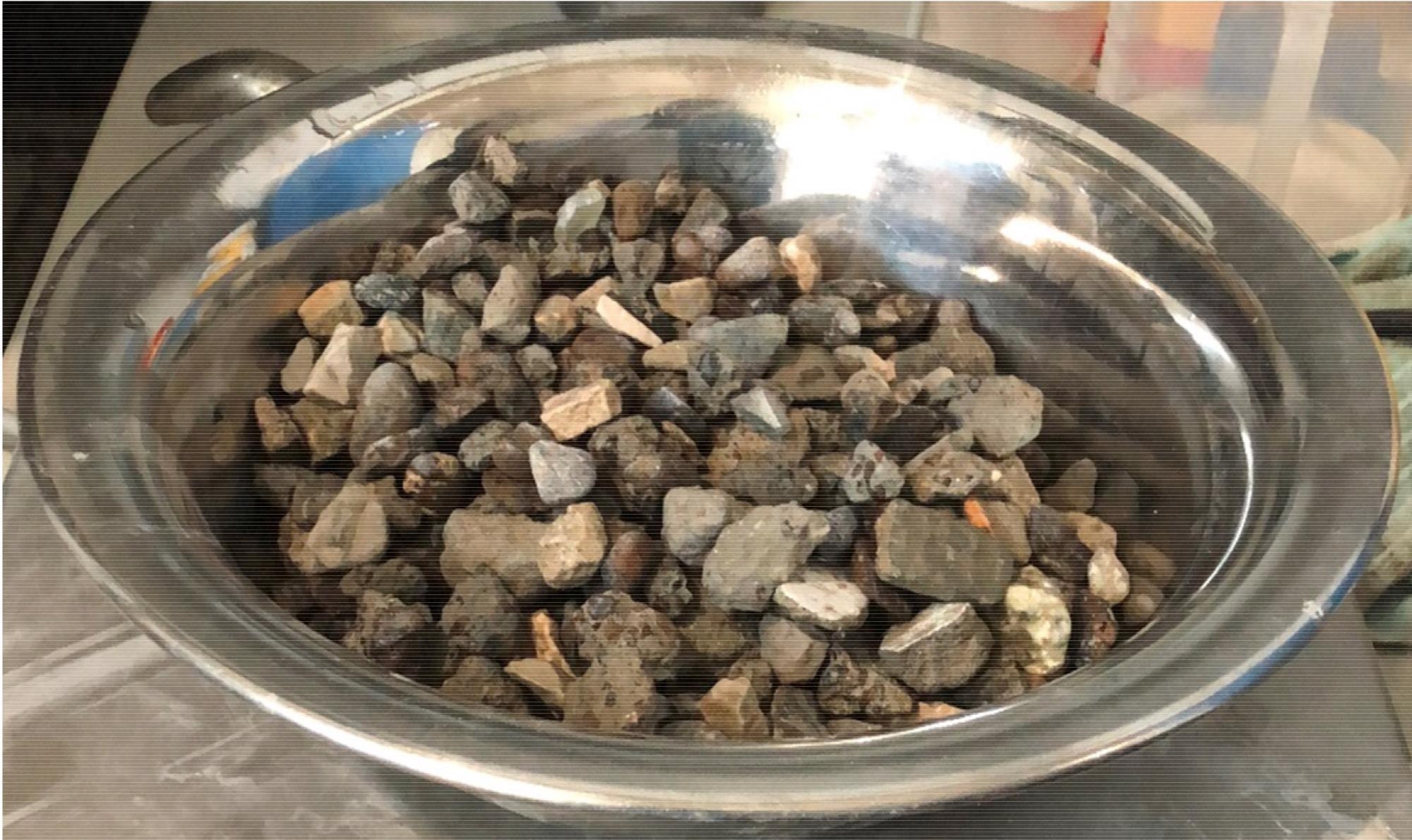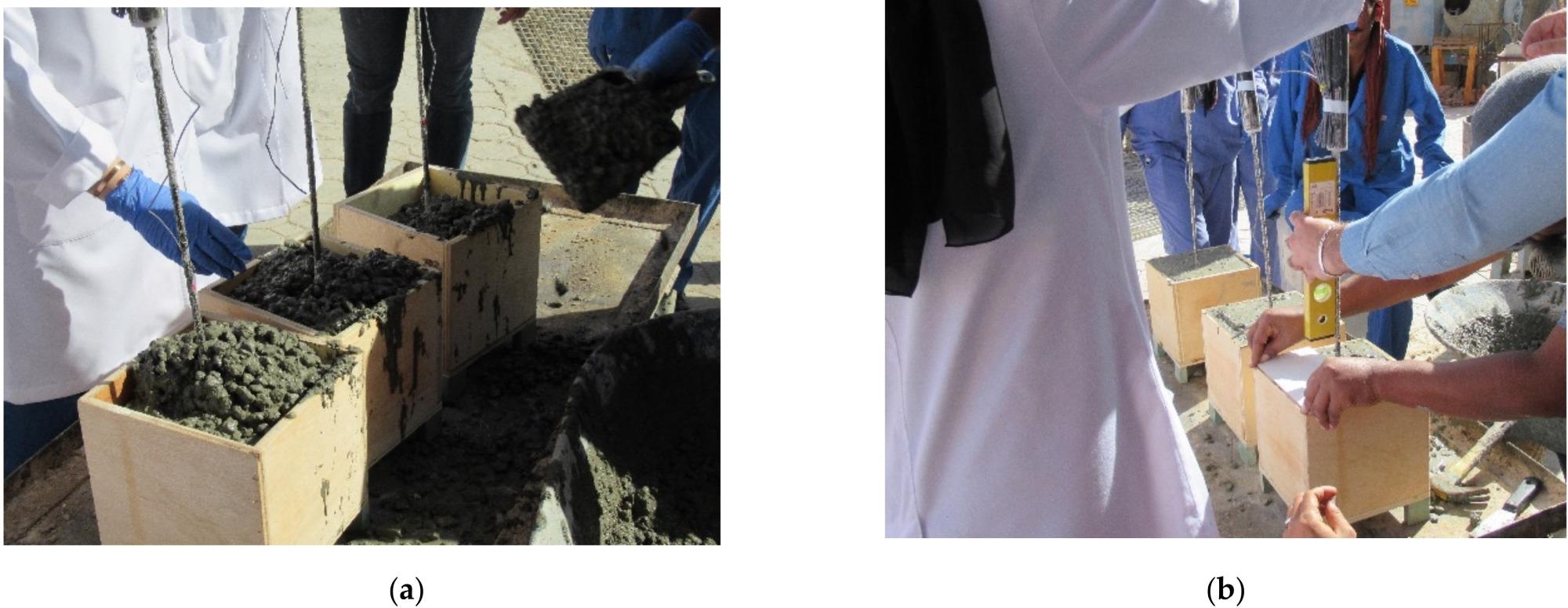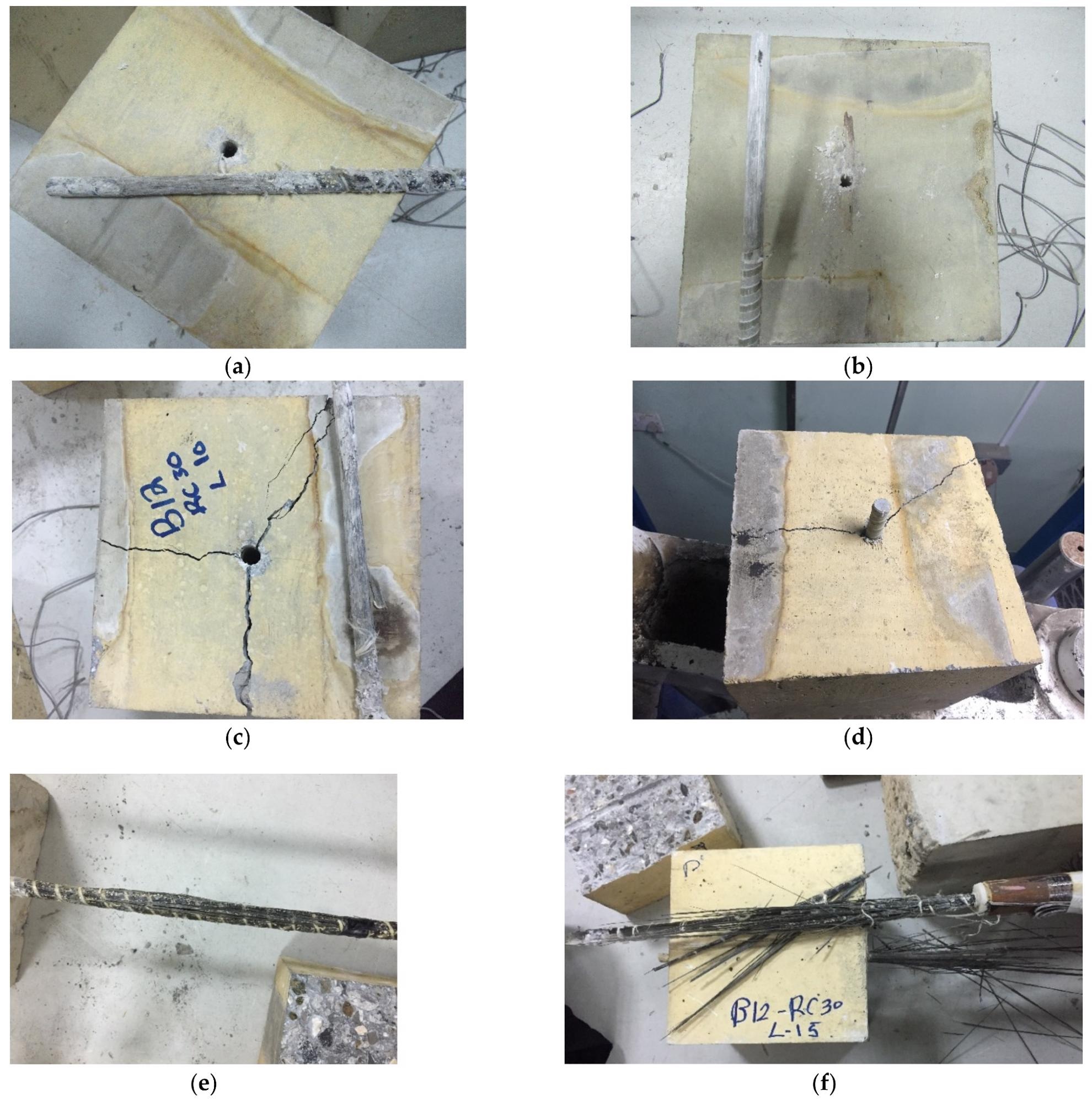The development of greener materials with enhanced physical and chemical properties is a cornerstone of current research in the architecture and construction industries. Writing in Sustainability, a team of researchers has studied the properties of basalt fiber reinforced polymer (BFRP) bars including their bond stress-slip behavior in recycled aggregate concrete.

Bond Behavior of Basalt Fiber Reinforced Polymer Bars in Recycled Coarse Aggregate Concrete. Image Credit: guruXOX/Shutterstock.com
BFRP Bars and Recycled Aggregate Concrete
Traditionally, steel and glass fiber bars have been used to reinforce concrete. However, the drive toward net-zero carbon emissions in the construction industry has facilitated the search for alternative materials. BFRP bars are a relatively new technology that possesses several advantages including high strength, lightweight, superior corrosion resistance, and good dielectric properties. Moreover, they are a more sustainable, greener material. As they are a novel technology, determining their mechanical properties is of paramount concern for researchers.

Recycled coarse aggregates. Image Credit: Godat, A et al., Sustainability
The push to reduce embodied carbon rapidly and significantly and drastically improve the carbon footprint of the construction industry has led to research into recycled aggregate concretes, which include a proportion of reused waste materials in their manufacture. Advantages of these concretes include valorization of waste streams, decreased energy and water usage, fewer emissions, the conservation of virgin resources, decreased mining activities, and cost savings.
BFRP Bar Properties
Whilst they have been broadly accepted by the engineering industry, studies on the structural applications of BFRP bars have thus far been limited in scope. BFRP bars have emerged as alternatives to glass-fiber bars due to their superior properties and better sustainability. Whilst the manufacturing process is the same, basalt fibers use less energy. Additionally, basalt rocks are found all over the world.
Advantageous properties of basalt fibers include slightly higher strength and stiffness than E-glass fibers, non-toxicity, corrosion resistance, high heat stability, high insulation characteristics, and they are non-magnetic and environmentally safe. Additionally, they are resistant to fatigue, moisture, and are chemically stable. Moreover, basalt fibers are highly resistant to alkalinity, which is found in concrete.
Bond performance is essential for the ductility, capacity, and serviceability of structures built from concrete. Recent studies have investigated the bond performance of BFRP bars, with various results and conclusions. Direct pull-out tests have been performed by multiple studies. The relationship between bar diameter and concrete strength has been investigated. Other studies have investigated the bond performance under high and low-temperature conditions.
Few studies have investigated the bond performance of BFRP reinforced concrete slabs, with some studies reporting wider cracks and greater deflections than steel-reinforced slabs. Whilst there has been ample data on BFRP performance in ordinary concrete, there are a lack of studies on performance in recycled aggregate concretes.

Pull-out test specimens: (a) concrete casting and (b) vertical positioning of FRP bars. Image Credit: Godat, A et al., Sustainability
The Study
The study published in Sustainability has investigated the performance of BFRP bars in recycled aggregate concrete to provide pertinent data and fill the knowledge gap that currently exists in the literature. The direct pull-out test method was employed by the authors in the experiments. For comparison, GFRP bars and normal aggregate concrete samples were used in the study. Performance was forecasted using theoretical equations.
Parameters that impact the bond behavior were examined by the study team. These were the bar bond length, bar diameter, and concrete strength. New curve-fitting variables were suggested for CMR and BPE analytical expressions to explain the resultant bond stress-slip graphs of both GFRP and BFRP bars in recycled aggregate concrete. A number of conclusions were highlighted, based on the experimental results and observations in the study.
It was concluded that the use of recycled aggregates did not detrimentally affect the BFRP bar’s pull-out bond performance. Results for both early-stage stiffness and ultimate bond stress were equal for both the recycled aggregate and normal aggregated concrete samples. A fluctuation in the bond stress-slip relation was observed upon the introduction of BFRP bars in recycled aggregate concrete. Conversely, the bond resistance of BFRP bars with larger diameters was greater than lower-diameter bars.
Additionally, increasing the concrete strength or bond length enhances bond resistance and causes reduced pull-out failures. The study also found that the bar has a tendency to fail via rupture when a sufficient bond length is supplied. Moreover, the team concluded that whilst the proposed bond stress-slip models can be used to simulate the interfacial behavior of basalt reinforced bars/concretes, the limited amount of data on this subject limits their practical application.

Failure modes of experimental tests: (a) pull-out failure of BFRP bars; (b) pull-out failure of GFRP bars; (c) block splitting failure of BFRP bars; (d) block splitting failure of GFRP bars; (e) BFRP rupture failure, and (f) BFRP bar after FRP rupture failure. Image Credit: Godat, A et al., Sustainability
The study represents an initial step towards investigating the performance of BFRP bars in recycled aggregate concrete. A further finding of the study was that surface treatment considerably impact FRP bond resistance, so other forms of surface treatment should be cautiously considered in future studies.
Further Reading
Godat, A et al. (2022) Bond Behavior of Basalt Fiber Reinforced Polymer Bars in Recycled Coarse Aggregate Concrete [online] Sustainability 14(3) 1374 | mdpi.com. Available at: https://www.mdpi.com/2071-1050/14/3/1374
Disclaimer: The views expressed here are those of the author expressed in their private capacity and do not necessarily represent the views of AZoM.com Limited T/A AZoNetwork the owner and operator of this website. This disclaimer forms part of the Terms and conditions of use of this website.